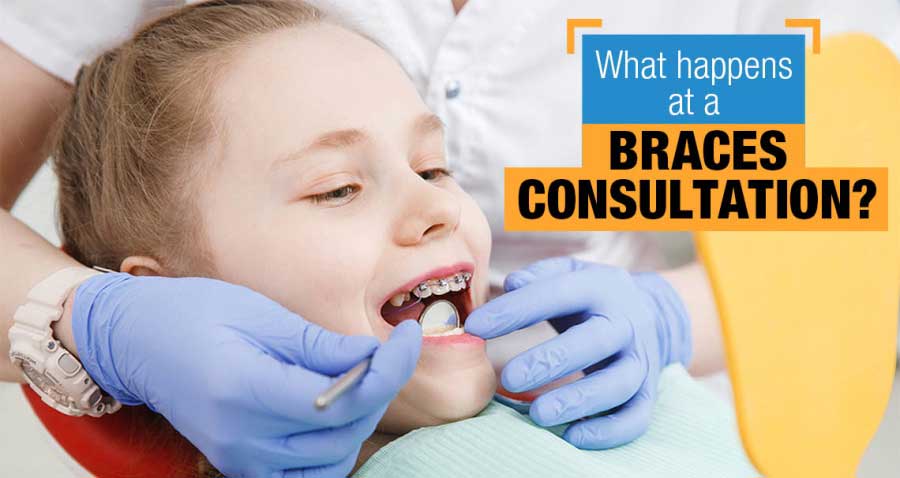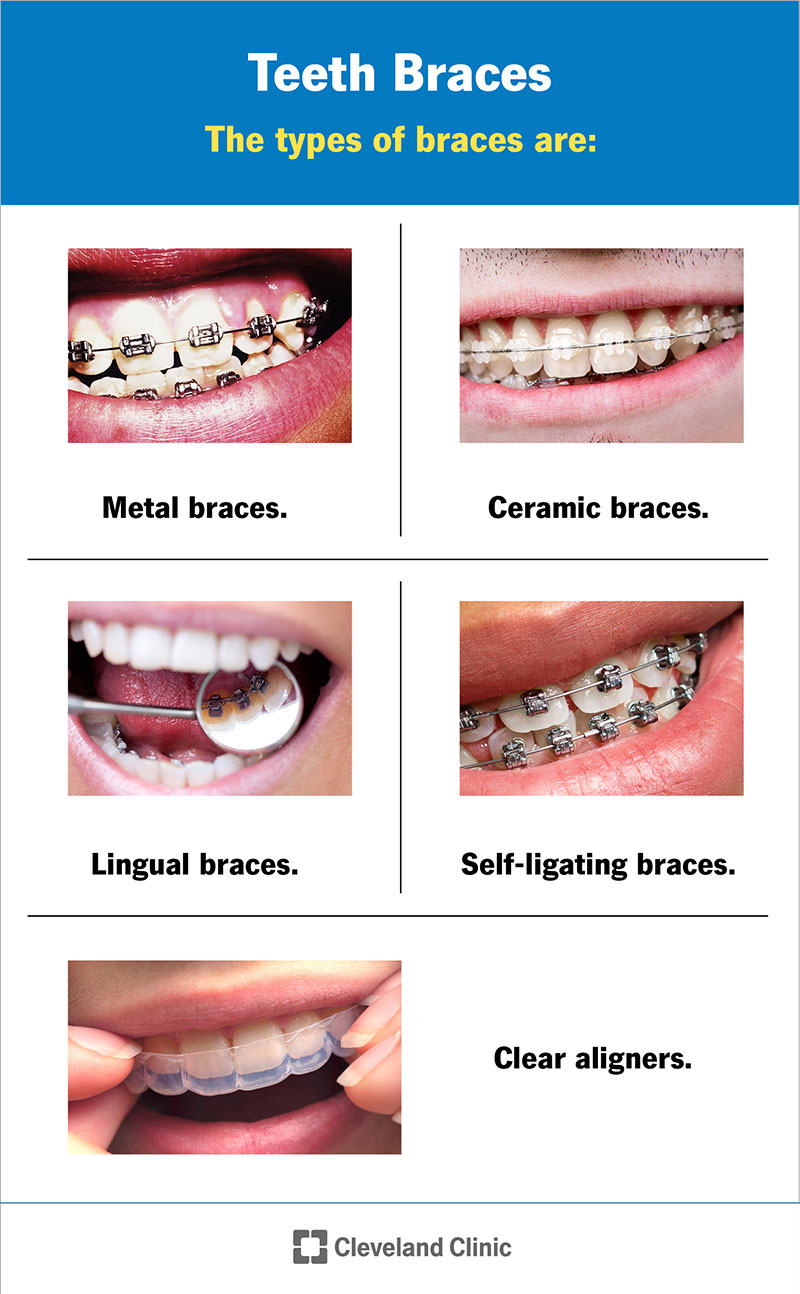Comprehensive Guide to Orthodontics Procedures for Remedying Oral Misalignments
In the realm of orthodontics, the journey to attaining a flawlessly aligned smile involves a myriad of procedures customized to deal with oral imbalances. From traditional braces to unnoticeable aligners and even medical alternatives, the area of orthodontics supplies a variety of services to deal with varying degrees of dental abnormalities. Recognizing the details of each treatment, including their devices, advantages, and potential drawbacks, is important in making educated choices regarding one's orthodontic treatment. As we browse via the comprehensive overview to orthodontic treatments for remedying oral imbalances, the complex details of each technique will unfold, clarifying the course towards a unified and practical dental alignment.
Orthodontic Procedures Summary

Regular adjustments and tracking are crucial parts of orthodontic treatment to ensure progress is on track and to make any type of required adjustments along the method. By going through orthodontic treatments, people can not just achieve a straighter smile yet additionally improve their total oral health and function.
Conventional Braces: Just How They Function
When thinking about orthodontic therapies for dental misalignments, typical braces stand out as a reliable method for dealing with teeth positioning. Standard braces are composed of braces, wires, and bands that work together to use continuous pressure on the teeth, progressively relocating them into the desired alignment.
As stress is used to the teeth via the dental braces, the bone bordering the teeth is improved to sustain the brand-new tooth settings. Individuals will certainly require normal changes at the orthodontist's workplace to make sure the braces continue to apply the correct pressure for effective teeth movement.
Invisible Aligners: Benefits And Drawbacks
These clear, customized trays are virtually undetectable when worn, making them an enticing choice for people seeking a much more aesthetically pleasing orthodontic therapy. Patients can get rid of the aligners before eating or cleaning their teeth, lowering the danger of food obtaining stuck in the appliance and streamlining the cleaning procedure.

Surgical Orthodontic Options
Surgical interventions in orthodontics present viable alternatives for resolving intricate dental misalignments that might not be efficiently dealt with through conventional orthodontic therapies. While traditional dental braces and unnoticeable aligners can remedy lots of orthodontic issues, certain instances require medical treatment to attain optimal outcomes. Surgical orthodontic choices are normally suggested for severe malocclusions, considerable jaw discrepancies, and cases where the underlying bone framework needs adjustment to achieve proper alignment.
One common surgical orthodontic procedure is orthognathic surgery, which entails rearranging the jaws to correct useful concerns such as problem speaking or eating. This surgery is usually performed in cooperation with an orthodontist who aids line up the teeth before and after the procedure. Surgical orthodontics may likewise involve page treatments to subject impacted teeth, eliminate excess gum tissue, or reshape the jawbone to create a more harmonious face account.
Before thinking about medical orthodontic options, patients undergo a thorough examination to determine the necessity and possible advantages of such treatments. invisalign. While surgical procedure may seem complicated, it can significantly improve both the function and appearances of the smile in cases where conventional orthodontic therapies fail
Retainers and Post-Treatment Care

Post-treatment treatment involves following the orthodontist's guidelines vigilantly. This might consist of appropriate dental hygiene methods, attending follow-up consultations, and putting on the retainers as prescribed. Failure to abide by post-treatment treatment guidelines can result in regression, where the teeth progressively move back towards their initial placements. Regular retainer wear, good oral health, and regular dental examinations are crucial for keeping the outcomes accomplished with orthodontic surgery and guaranteeing the long-term security of the dealt with oral positioning.
Conclusion
In conclusion, orthodontic treatments use different options for fixing dental misalignments. Surgical orthodontic choices are readily available for much more serious misalignments. Generally, orthodontic treatments can successfully enhance oral wellness and aesthetic appearance.
As we browse via the comprehensive overview to orthodontic procedures for remedying oral imbalances, the elaborate information of each method will unravel, dropping light on the path toward a useful and harmonious dental placement. - cumming aligners
One of the most common orthodontic therapies is the usage of dental care for children dental braces, which consist of steel braces and wires that apply mild pressure to progressively shift teeth right into the desired position.When thinking about orthodontic therapies for dental imbalances, typical dental braces stand out as a tried and true method for fixing teeth placing. In addition, invisible aligners might not be appropriate for complicated orthodontic issues that call for more substantial teeth movement, as they are generally suggested for moderate to moderate instances. Retainers are custom-made orthodontic devices made to hold teeth in their remedied positions after the completion of orthodontic therapy.